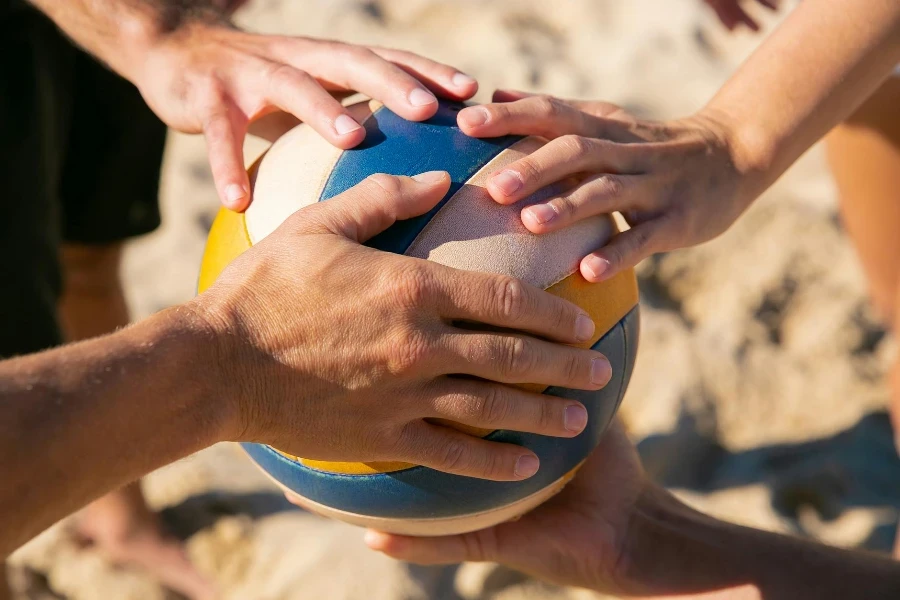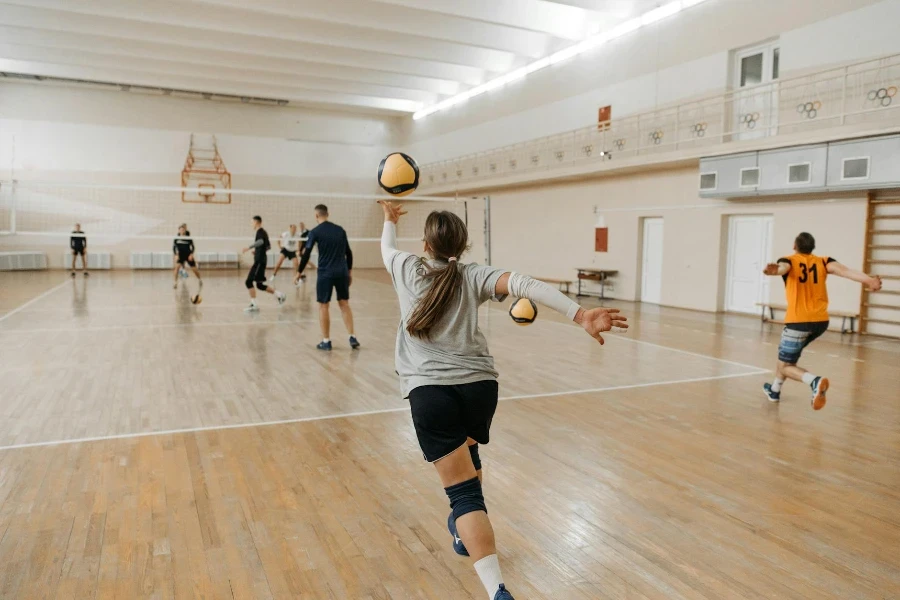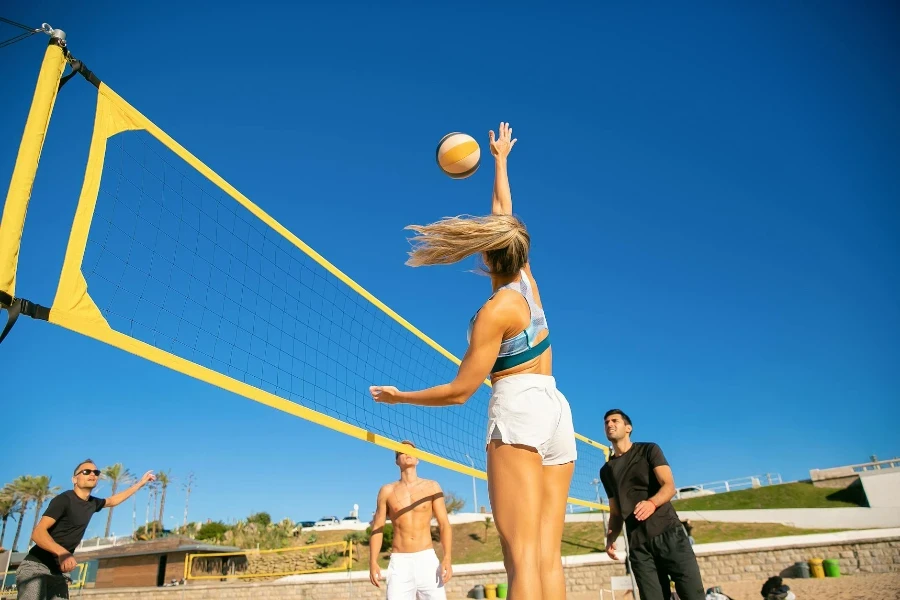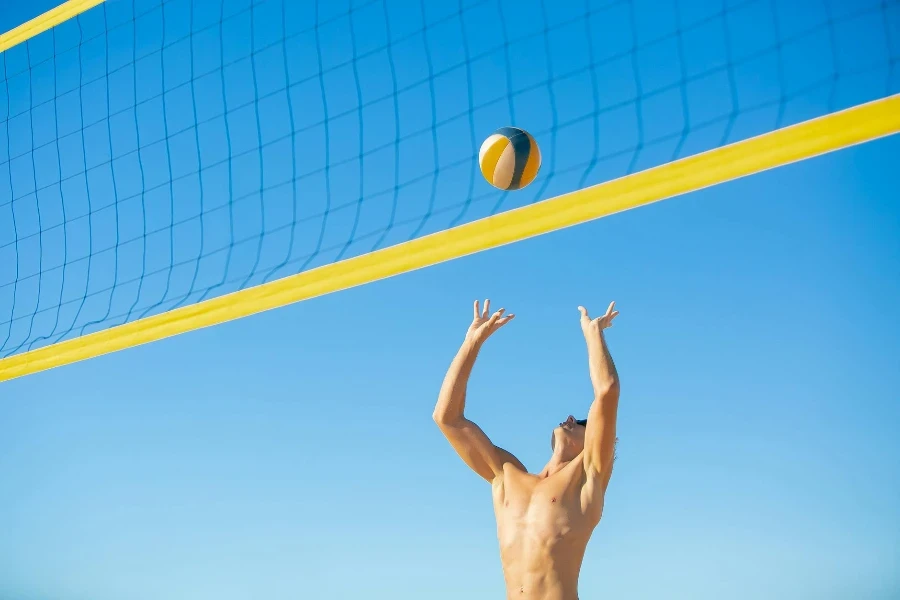In the realm of sports, the quest for optimal performance is eternal. Among the myriad of factors contributing to an athlete’s success, the choice of gear plays a pivotal role. Specifically, sports spikes have emerged as a cornerstone for athletes aiming to maximize their potential. This article embarks on a journey to unravel the intricacies of spikes, shedding light on their significance, types, key features, maintenance tips, and the latest technological advancements. By offering a blend of authoritative expertise and empathetic guidance, we aim to equip you with the knowledge to make an informed decision about your sports spikes.
Table of Contents:
– Understanding the significance of sports spikes
– Exploring the different types of spikes
– Key features to consider when choosing spikes
– Maintenance tips for your spikes
– Technological advancements in spike design
Understanding the significance of sports spikes

Sports spikes, often seen as just another piece of equipment, are in fact a critical determinant of an athlete’s performance. They are designed to provide the necessary traction and speed, which can be the difference between winning and losing. The unique construction of spikes aids in minimizing energy loss during foot strike, thereby enhancing efficiency and performance. Furthermore, the psychological boost of donning a pair of high-quality spikes can not be underestimated, instilling confidence and focus in athletes as they compete.
The importance of spikes extends beyond their performance-enhancing capabilities. They also play a crucial role in injury prevention. By offering better grip and foot support, spikes reduce the risk of slips and falls, especially in sports that involve rapid direction changes or are played on slippery surfaces. Additionally, the right pair of spikes can help in distributing pressure evenly across the foot, mitigating the risk of overuse injuries.
Despite their benefits, the decision to invest in spikes should be made after careful consideration of one’s specific needs and the demands of their sport. Not all spikes are created equal, and what works for one athlete or discipline might not be suitable for another. This leads us to explore the various types of spikes available in the market.
Exploring the different types of spikes

The world of sports spikes is diverse, with each type tailored to meet the demands of specific sports disciplines. Track and field athletes, for instance, require spikes that offer optimal traction and minimal weight for sprinting events, while cross-country runners look for spikes that provide stability and durability over rough terrains.
Track spikes are characterized by their lightweight design and flexible sole, featuring removable spikes on the forefoot. This design is intended to maximize speed by providing a high level of traction at the toe-off phase of a sprint. On the other hand, field event spikes, such as those used in long jump or javelin throw, have a slightly different build to accommodate the unique demands of these events, offering enhanced support and varying spike configurations.
Cross-country spikes, designed for off-road races, feature a more robust construction. They come with a water-resistant upper and a sole equipped with spikes that are longer than those found on track spikes. This design ensures better grip and stability on uneven and muddy surfaces, which are common in cross-country settings.
Key features to consider when choosing spikes

Selecting the right pair of spikes is a critical decision that can significantly impact an athlete’s performance. The first factor to consider is the fit. A properly fitting spike will not only be comfortable but also enhance performance and reduce the risk of injuries. It’s advisable to try on spikes with the same socks you plan to wear during competitions or practices to ensure a snug fit.
The spike plate is another crucial feature. This is the part of the shoe where the spikes are attached. Different sports require different spike plate configurations for optimal performance. For instance, sprint spikes have a stiff plate that runs the length of the shoe to maximize power transfer, while distance spikes have a more flexible plate for greater comfort during longer events.
Lastly, the weight of the spikes is a key consideration. Lighter spikes are generally preferred for races and events where speed is paramount. However, it’s essential to balance weight with support, as too light a spike might not provide the necessary stability for some athletes.
Maintenance tips for your spikes

Maintaining your spikes is essential to extend their lifespan and ensure they continue to provide optimal performance. Regular cleaning is crucial, especially for spikes used in cross-country or other off-road events. Mud and debris should be removed after each use to prevent damage to the spike plate and sole.
It’s also important to check the spikes (the metal pins) regularly for wear and tear. Worn-out spikes can affect traction and performance and should be replaced as needed. Additionally, storing spikes in a cool, dry place when not in use will help prevent the deterioration of the materials.
Technological advancements in spike design

The design and manufacturing of sports spikes have seen significant advancements in recent years, thanks to technology. Manufacturers are now using innovative materials and designs to enhance performance, comfort, and durability. For instance, the use of carbon fiber plates in the sole has become increasingly popular for its ability to provide a spring-like effect, propelling athletes forward and reducing energy loss.
Another area of innovation is in the customization of spikes. Some manufacturers offer customizable spike configurations, allowing athletes to adjust the placement and number of spikes based on their specific needs and the conditions of the track or field.
Conclusion:
Sports spikes are a vital component of an athlete’s gear, offering not just enhanced performance but also injury prevention. With the variety of spikes available, understanding the specific needs of your sport and your own preferences is key to making the right choice. Remember to consider the fit, spike plate, and weight while selecting spikes. Regular maintenance will ensure your spikes remain in top condition, ready to support your athletic endeavors. As technology continues to evolve, the future of sports spikes looks promising, with innovations aimed at helping athletes achieve new heights of performance.




